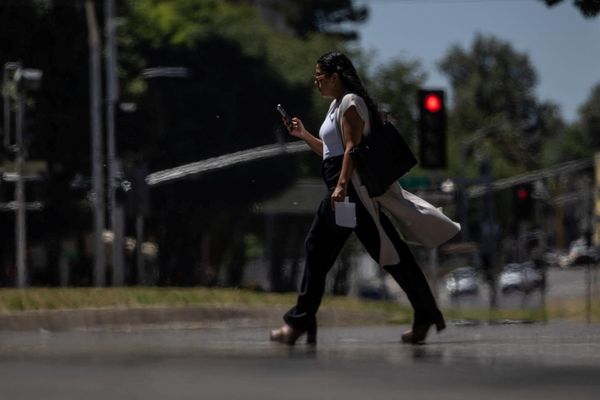
Last month Samsung released a significant update for the Galaxy S10+ camera which included a new ‘Night Mode’ enabling it to take significantly better pictures in the dark.
Samsung has since published a Newsroom article containing more detailed information on how the new mode works as well as several photographic samples taken during a nighttime walk around the South Korean capital.
As you might expect, the Night Mode shots do generally look much better than those taken in automatic mode but, in my opinion, that’s not always the case. I wouldn’t consider Night Mode to be a worthy equivalent to Google’s similar Night Sight feature.
Previously Samsung’s low-light enhancements only kicked in when the camera decided it was dark enough, but the new Night Mode can be manually activated selected whenever you like. This means you’re free to try it even when there’s more light around and it also makes it easier to compare the results of photos taken in the respective automatic and Night modes.
Night mode is designed to minimize image noise in dark environments while enhancing details and correcting colors. Samsung’s sample images do indeed show considerably more vivid color reproduction, especially in the shadowy areas of the image which also appear clearer and brighter.
Unlike Google Night Sight, which uses multiple exposures and clever image processing to deliver hand-held shots in near darkness, Samsung’s Night Mode works in a more traditional manner by lowering the camera’s ISO sensitivity and shooting a longer exposure.

However, Night Mode does apply additional processing to provide a balanced image and avoid blown out highlights. As can be seen in some of Samsung’s example images, the Night Mode shots provide more brightness in the shadows, while at the same time reducing the brightness of overblown areas. Night Mode shots clearly have greater dynamic range than those shot in automatic mode, which makes for a much more pleasing image.
Unfortunately, using a longer exposure required the phone to be kept still for an extended period, often resulting in camera shake unless using a tripod. This is an issue which doesn’t affect the Google Pixel camera which does a very good job of eliminating camera shake, even though it does ask you to hold the camera still while shooting.

Another side effect of switching to Night Mode seems to be the loss of any ‘starburst’ effect around point lights, such as in the photo below. While these starbursts could quite rightly be considered a visual artifact created by the camera – they’re not visible to the naked eye – they are often a desirable feature of night photography, so it’s worth knowing that Night Mode won’t let you capture them.
Overall Night Mode does seem to offer a qualitative improvement over the automatic mode and delivers natural-looking results. However, long exposure photography can become rather inconvenient if you don’t have a way to steady the camera, limiting its usefulness quite significantly.







